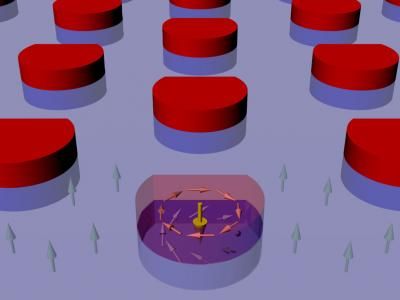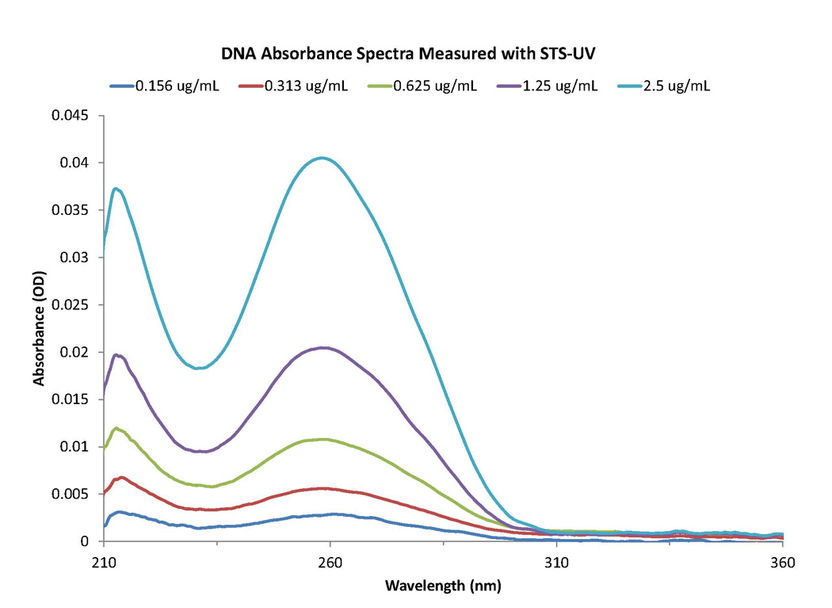Simple detection of magnetic skyrmions
Advertisement
At present, tiny magnetic whirls – so called skyrmions – are discussed as promising candidates for bits in future robust and compact data storage devices. At the University of Hamburg these exotic magnetic structures were recently found to exist in ultrathin magnetic layers and multilayers, similar to the ones used in current hard-disk drives and magnetic sensors. However, up to now an additional magnet was necessary for a read-out of skyrmions. Now researchers from the University of Hamburg and the Christian-Albrechts-Universität in Kiel have demonstrated that skyrmions can be detected much more easily because of a drastic change of the electrical resistance in these magnetic whirls. For future data storage concepts this promises a significant simplification in terms of fabrication and operation.
Stable whirls in magnetic materials were predicted over 25 years ago, but the experimental realization was achieved only recently. The discovery of such skyrmions in thin magnetic films and multilayers, already used in today’s technology, and the possibility to move these skyrmions at very low electrical current densities, has opened the perspective to use them as bits in novel data storage devices.

Magnetic whirls with a diameter of only a few nanometers occur in a thin film of palladium and iron (bottom, cones represent single atoms of the surface and they point into the direction of the atomic magnets). The resistance, measured with a metallic probe close to the surface changes inside the skyrmion as compared to its surrounding (top). The change in resistance is continuous and becomes strongest, when the canting between neighboring atomic magnets is largest, in this case in the skyrmion center
C. Hanneken, Universität Hamburg
Up to now individual magnetic whirls were detected either by electron microscopy or by the resistance change in a tunnel contact with a magnetic probe. Employing a scanning tunneling microscope researchers of the University of Hamburg were now able to demonstrate that the resistance changes also when a non-magnetic metal is used in such a measurement. ‘In our experiment we can move a metallic tip over a surface with atomic-scale precision, and in this way we can measure the resistance at different positions in a skyrmion’ says Christian Hanneken, a PhD student in the group of Prof. Roland Wiesendanger. This enables the proof for the locally varying resistance within the magnetic whirl. ‘We found a resistance change of up to 100%, allowing a simple detection scheme for skyrmions’, as Dr. Kirsten von Bergmann explains.
In collaboration with theoretical physicists from the University of Kiel the researchers were able to identify the origin of the resistance change in the magnetic whirl: it is due to the canting between the atomic magnets from one atom to the next (see figure). The larger the angle between the adjacent atomic magnets, the stronger is the change in electrical resistance. ‘Electrons have a spin, and thus they interact with magnetic structures’, says Prof. Stefan Heinze from the University of Kiel. When the electrons are travelling through a magnetic whirl, they feel the canting between the atomic magnets, leading to a local resistance change of the material. ‘We were able to understand this effect by performing extensive numerical computer simulations of the electronic properties and developed a simple model for this effect’, as the PhD student Fabian Otte explains.






























































